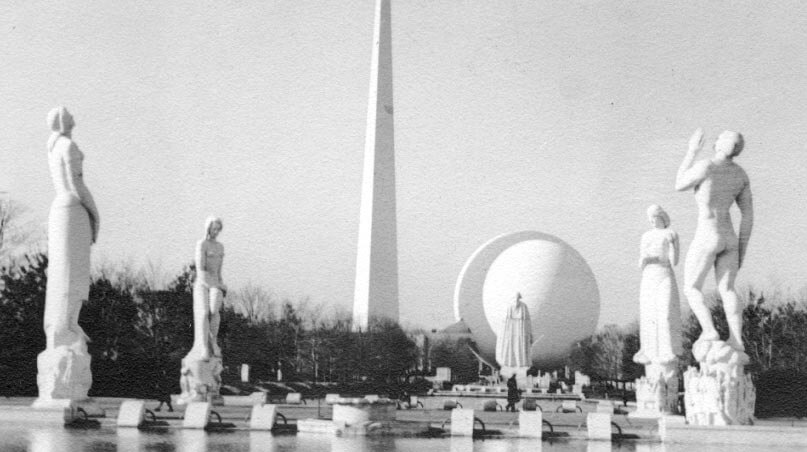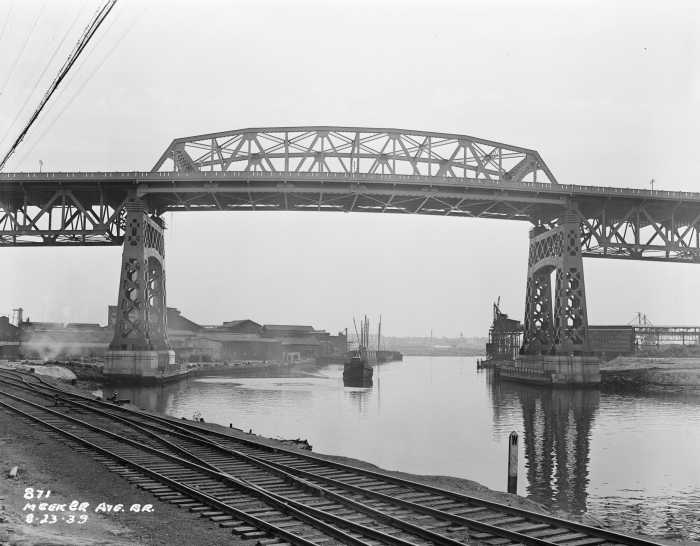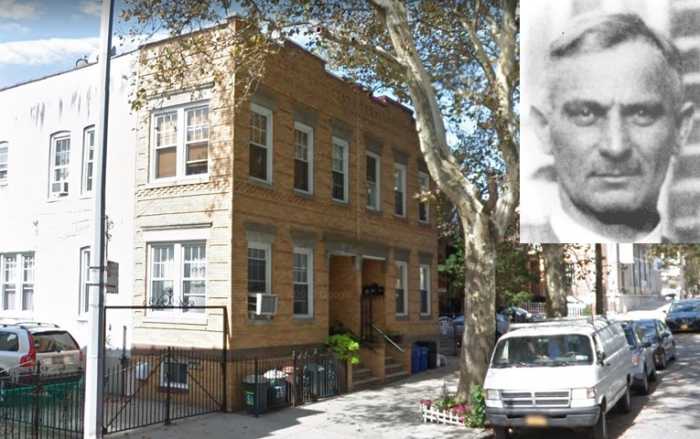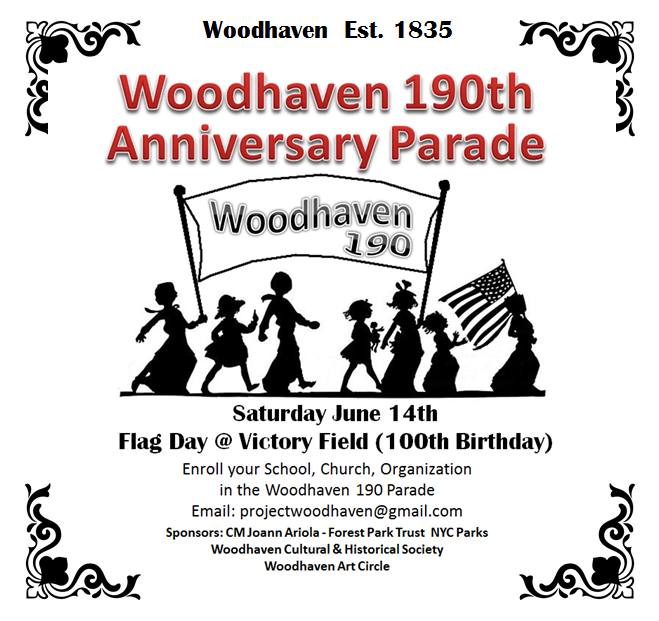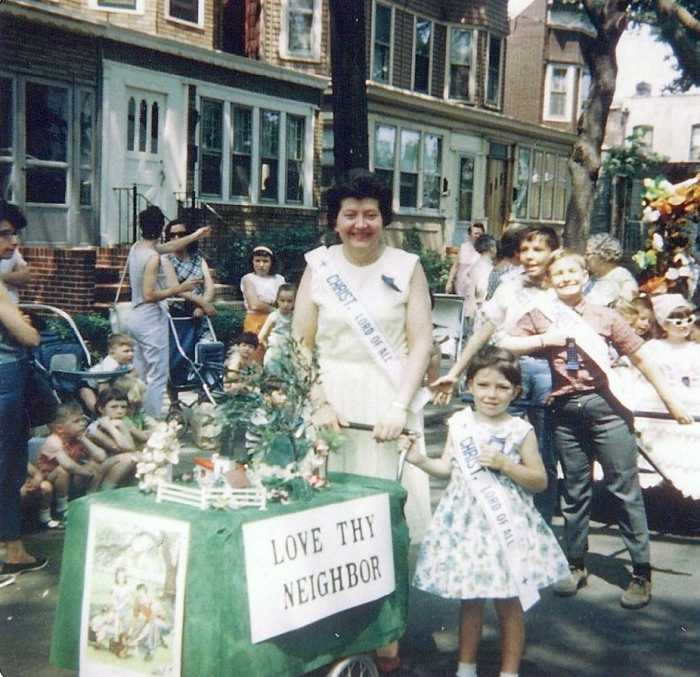The two main symbols of the 1939-40 World’s Fair no longer tower over the ground where they once stood, which is today Flushing Meadows Corona Park.
One was a large globe called the Perisphere which housed the “The World of Tomorrow” exhibit, a panorama that depicted what a futuristic American city might look like. The other was a 610-foot-tall triangular spire that soared into the sky, called the Trylon.
Both the Trylon and Perisphere represented the promise of the future, but neither structure would survive long after the fair ended. Ironically, they were demolished, its materials recycled for the war effort after America was hurtled into World War II in 1941.
The Trylon disappeared from the Queens landscape almost as quickly as it had been a part of it. However, the name itself would live on for decades at the Trylon Theater, a moviehouse located at 98-01 Queens Blvd. in nearby Rego Park.
The Trylon opened its doors on the day after Christmas, Dec. 26, 1931. Constructed in the art deco style popular at that time, it seated 600 people and became a popular place for couples and families to go out and see a show any night of the week.
Over the decades, the Trylon Theater projector screened some of the finest movies ever made. Among one of the first films to be shown there was “The Wizard of Oz,” which had originally been released back in August 1939.
Moviegoers walked into the Trylon under a semi-circular, backlit marquee, with the feature attraction spelled out in red letters that were changed by hand. They purchased tickets from an outdoor booth lined with terrazzo tile that included a likeness of the Trylon from the World’s Fair.
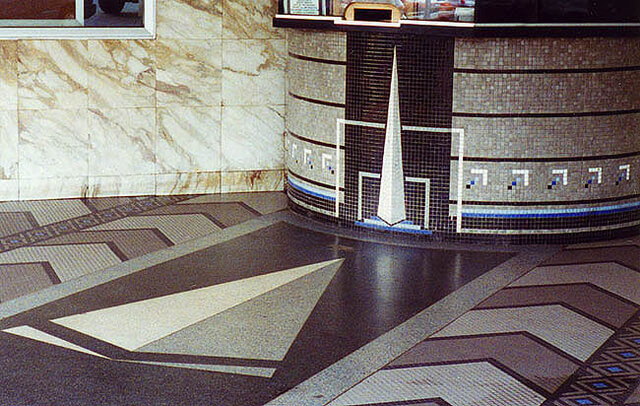
The theater area was constructed with a vertical glass block section and a cast concrete vertical element, which gave each visitor the feeling that theater was larger than its actual size.
Film lovers continued to enjoy features at the Trylon Theater for nearly six decades. But like most moviehouses of its era, it suffered from changes in the American entertainment landscape — particularly the advent of television in the 1950s and, later, the demand for multiplex theaters screening more than one film at a time.
Even as other movie theaters across Queens adapted with the times, the Trylon Theater tried to hold out. Finally, it screened its final film back in the autumn of 1999.
In the years that followed, plans emerged for the old moviehouse to be converted into a community center for the growing Bukharian Jewish community in the Forest Hills/Rego Park area. Historians, preservationists and movie lovers, however, held out hope that the theater could somehow be saved as a city landmark.
In October 2005, a group of them gathered under the Trylon’s blank marquee calling for a halt to ongoing renovations at the site, hoping that various theater fixtures could be spared.
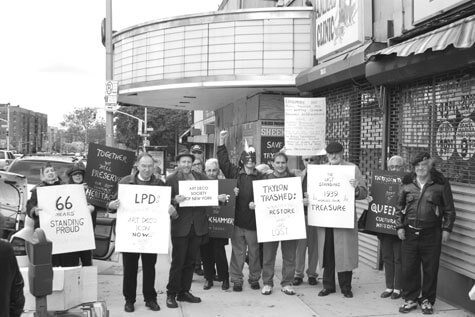
The Ridgewood Times published a story about the rally in its Oct. 27, 2005, issue, an excerpt of which follows:
Chanting ‘Save the Trylon,’ members of the Committee to Save the Trylon Theater, along with preservationists, formed a picket line, questioning why the city had failed to landmark the movie house, which has been closed since 1999.
“The Trylon is an architectural and historical gem,” said Michael Perlman of the Committee to Save the Trylon Theater. “Pretty soon, it will be no more.”
Donning a mask, Perlman helped lead the protest of the renovations, saying that the original architect “would be turning in his grave.” Carrying signs reading, “Now Playing: Gone with the Jackhammer” and “Trylon Trashed: Restore what was lost,” the protesters called upon the city city to take action to preserve the marquee and the box office.
Glen Leiner, executive director of the Art Deco Society of New York, told the Times Newsweekly that theaters like the Trylon are few and far between, and that it is necessary to save such historic structures.
“It’s a single-screen movie house, and older theaters are an endangered species,” Leiner said. “Many of them have been creatively re-adapted for new uses, and that is the purpose of our rally.”
The effort to landmark the Trylon Theater, however, proved unsuccessful in the months that followed. Congregation Ohm Nator would later reopen the former moviehouse as a community center, and it continues to serve local residents to this day.
Sources: CinemaTreasures.com and the Oct. 27, 2005, Ridgewood Times.
* * *
If you have any remembrances or old photographs of “Our Neighborhood: The Way It Was” that you would like to share with our readers, please write to the Old Timer, c/o Ridgewood Times, 38-15 Bell Blvd., Bayside, NY 11361, or send an email to editorial@ridgewoodtimes.com. Any print photographs mailed to us will be carefully returned to you upon request.

